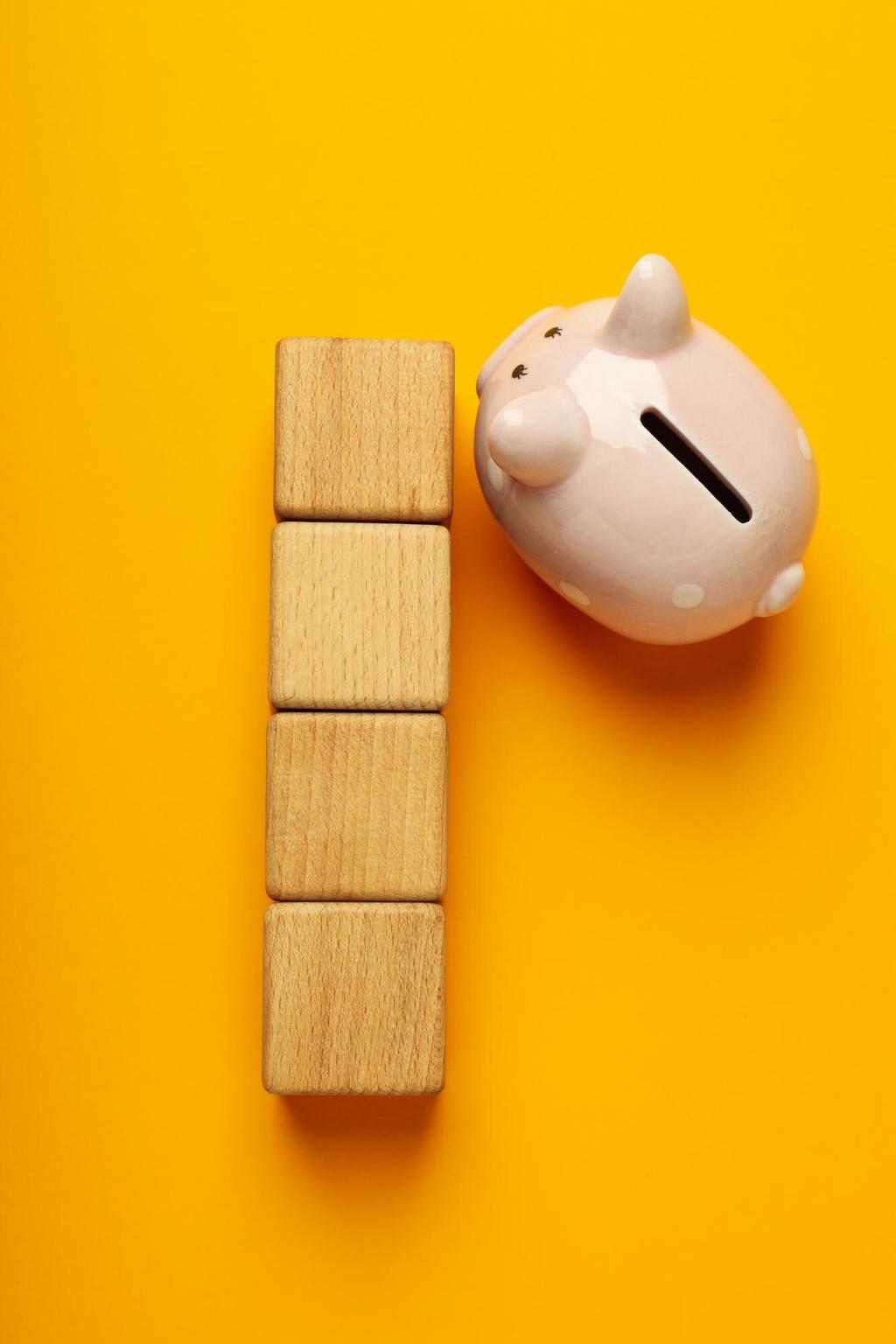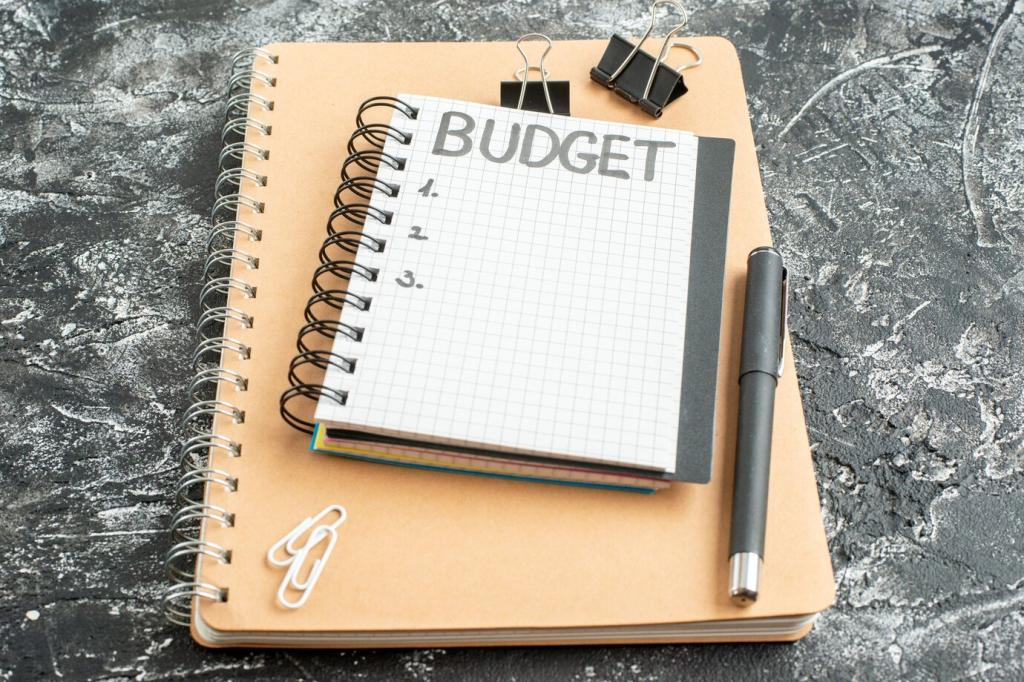Layout and Negative Space
Map furniture footprints using painter’s tape before moving anything heavy. Live with the outlines for a day. This simple rehearsal clarifies proportions and prevents misfires that waste both money and momentum.
Layout and Negative Space
Keep at least two feet of clear walking space around beds, sofas, and doors. When pathways breathe, rooms feel larger. Remove one nonessential piece and notice how instantly the energy softens.



